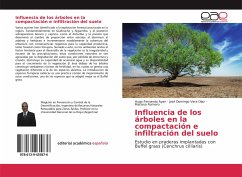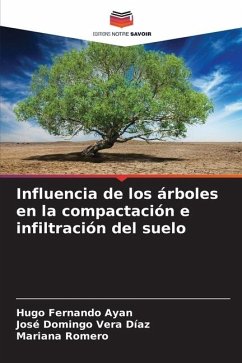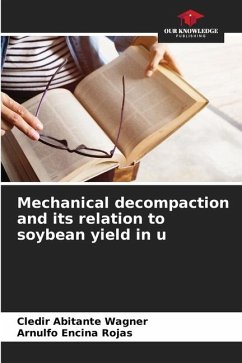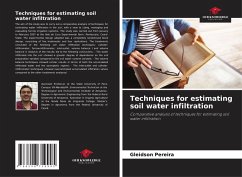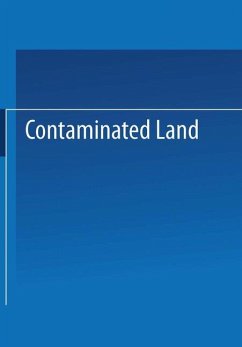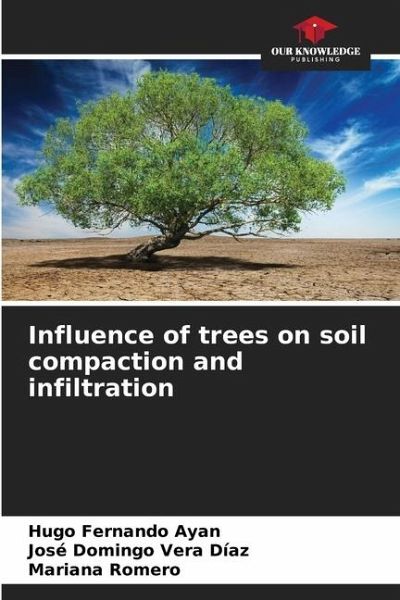
Influence of trees on soil compaction and infiltration
Versandkostenfrei!
Versandfertig in 6-10 Tagen
26,99 €
inkl. MwSt.

PAYBACK Punkte
13 °P sammeln!
Several authors have identified logging in the region, mainly in Quebracho and Algarrobo, and the subsequent overgrazing by cattle and goats, as the disturbance and pressure that led to a change in the proportion between strata, with a decrease in tree and herbaceous cover and a significant increase in shrub cover, with negative consequences for both forest and fodder production capacity. In addition to this, in arid environments the limiting factor for vegetation development is the irregularity and scarcity of rainfall; these natural conditions are aggravated by soil degradation which, throug...
Several authors have identified logging in the region, mainly in Quebracho and Algarrobo, and the subsequent overgrazing by cattle and goats, as the disturbance and pressure that led to a change in the proportion between strata, with a decrease in tree and herbaceous cover and a significant increase in shrub cover, with negative consequences for both forest and fodder production capacity. In addition to this, in arid environments the limiting factor for vegetation development is the irregularity and scarcity of rainfall; these natural conditions are aggravated by soil degradation which, through loss of structure and erosion, reduces its capacity to accumulate water and its availability for vegetation growth. The area under the trees constitutes real fertility nuclei, in which vegetation is generated that is different from that of the open spaces. The introduction of exotic forage species is a common practice to improve these conditions, one of the species that has adapted best isBuffel grass.



